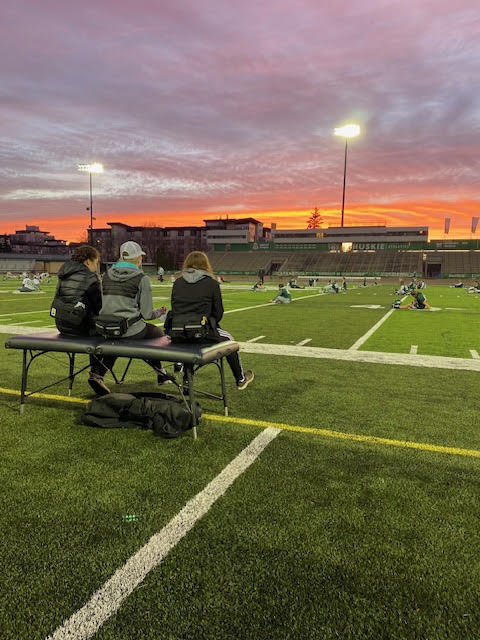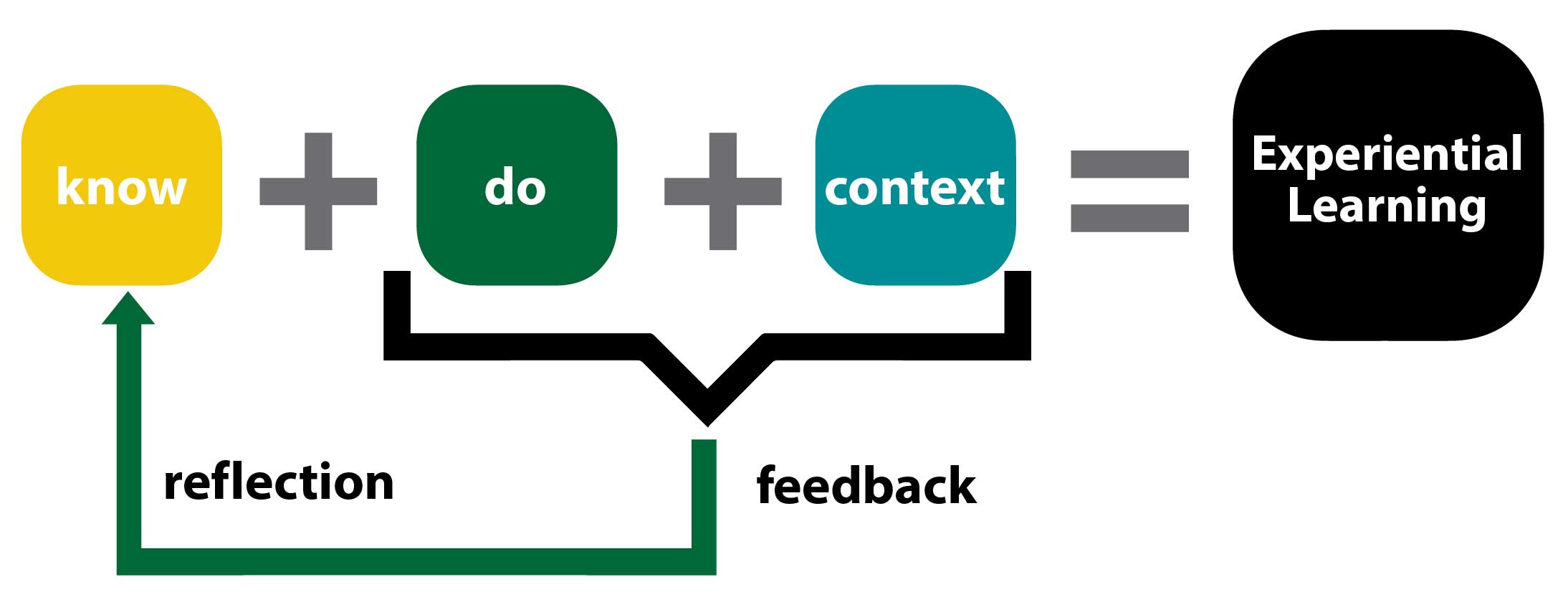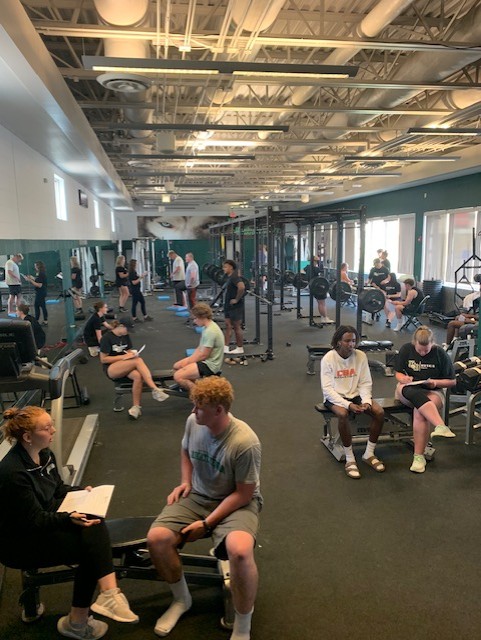Student Volunteer Experience to Credit-Earning Experiential Learning Course
Transform volunteer work into academic credit! Discover how USask is turning student experiences into valuable, credit-earning opportunities through innovative experiential learning course.
By Gwenna Moss Centre for Teaching and LearningExperiential learning is a critical component of student development. At the University of Saskatchewan, the KIN 350 and 460 courses exemplify how volunteer experiences can be transformed into structured, for-credit learning opportunities that align with curricular goals. The journey from a purely volunteer initiative to a credit-earning practicum course illustrates the potential of experiential learning in fostering student growth, both academically and professionally.
The Origins of the Student Trainer Practicum

The Student Trainer Practicum, now in its fourth year as a for-credit course, has a rich history. Originally a volunteer program running for over 25 years, it was born out of necessity within the HuskieAthletics department. At one point in time, only one physiotherapist was available to support all the varsity athletic teams, the need for additional hands became evident. The student trainer program emerged as a solution, offering students the chance to gain hands-on experience in sports medicine while supporting their peers.
Over time, the program became a well-known stepping stone for students aspiring to careers in physiotherapy, athletic therapy, chiropractic, nursing, and other healthcare professions. Many who have participated in the program found themselves well-prepared for their future professional roles. However, despite the significant time commitment and learning involved—sometimes over 120 hours of volunteer work per semester—students did not receive formal academic recognition for their efforts.
Transitioning to a For-Credit Course
The COVID-19 pandemic, while challenging, presented an unexpected opportunity to re-evaluate the program. Recognizing the dedication of students and the educational value of their experiences, the coordinators decided to formalize the practicum into a for-credit course. This decision was driven by a desire to acknowledge the significant contributions of students and to integrate the practicum more closely with the College of Kinesiology academic curriculum.
Enhancing the Learning Experience
One of the key changes in transitioning from a volunteer experience to a for-credit course was the emphasis on structured learning outcomes. The course now begins with a two-day orientation, where students receive a crash course in the essentials of being a student trainer. This includes learning about policies, procedures, concussions, concussion management, massage skills, and basic taping and wrapping techniques. Students also familiarize themselves with the facilities and meet their peers, coaches, and other staff.
Throughout the year, students participate in monthly seminars, shadow professionals in the physiotherapy clinic, and receive both formative and summative assessments. These assessments are aligned with the course objectives and include skill demonstrations, presentations, journals, self-evaluations, and feedback from peers, coaches, and team captains.
Alignment with the University’s Experiential Learning Framework
These practicum courses align with the University of Saskatchewan’s experiential learning framework by providing students with opportunities to apply new knowledge from their degree in real-world settings. The court, field, and track become their classrooms, where hands-on learning and problem-solving occur daily. Students receive feedback from peers, coaches, and captains, and engage in reflection through peer discussions, self-assessments, journals, and monthly check-ins.
The courses also offer career and community connections, allowing students to work alongside doctors, surgeons, coaches, physiotherapists, mental health supports, sports psychologists, dieticians, and strength and conditioning experts.

Student Feedback and Success Stories

The practicum is demanding, with students dedicating many hours to assisting their teams. Despite the challenges, students love the experience, valuing their roles as team members and peers with student-athletes, and appreciating the travel opportunities. Many students only realize the advanced skill set they have gained after starting professional programs. Each year, the program receives calls and emails from former students expressing gratitude for the experience and skills acquired.
Notable success stories include a student who overcame initial uncertainty and a steep learning curve to fall in love with hockey and volunteer for various sports and community events, eventually entering medical school. Another student struggling with anxiety, overcame self-doubt and practical exam failures to build confidence and problem-solving skills, leading to success in a major emergency exam and acceptance into physiotherapy school.
Challenges and Improvements
Running these practicum courses involves significant time commitments and challenges, such as students overcommitting to teams, struggling with self-reflection and evaluation, and needing to problem-solve independently from day one. Recent improvements include developing team contracts to ensure students adhere to their scope of practice, rebuilding performance evaluation rubrics, and enhancing resource accessibility on Canvas.
Looking Ahead
The KIN 350 and 460 course continues to evolve, with a commitment to continuous improvement. Course coordinators are constantly seeking ways to enhance the learning experience, whether through more touchpoints for feedback, developing new rubrics, or providing additional support for student reflection.
In conclusion, the transformation of the Student Trainer Practicum from a volunteer initiative to a structured, for-credit course in Kinesiology serves as a powerful example of how experiential learning can be integrated into academic curricula. By recognizing and formalizing the educational value of volunteer experiences, universities can offer students more meaningful and impactful learning opportunities that prepare them for their future careers.

All images credited to: Ainsley Oliver, Huskie Athletics - Varsity Sport Physiotherapist
This blog post was written from a summary of a conversation between Ainsley Oliver and Aditi Garg transcribed in MS Teams and summarized by ChatGPT 4o on August 19, 2024. This article was created with the assistance of AI tools, as described in the GMCTL AI Disclosure Statement.

